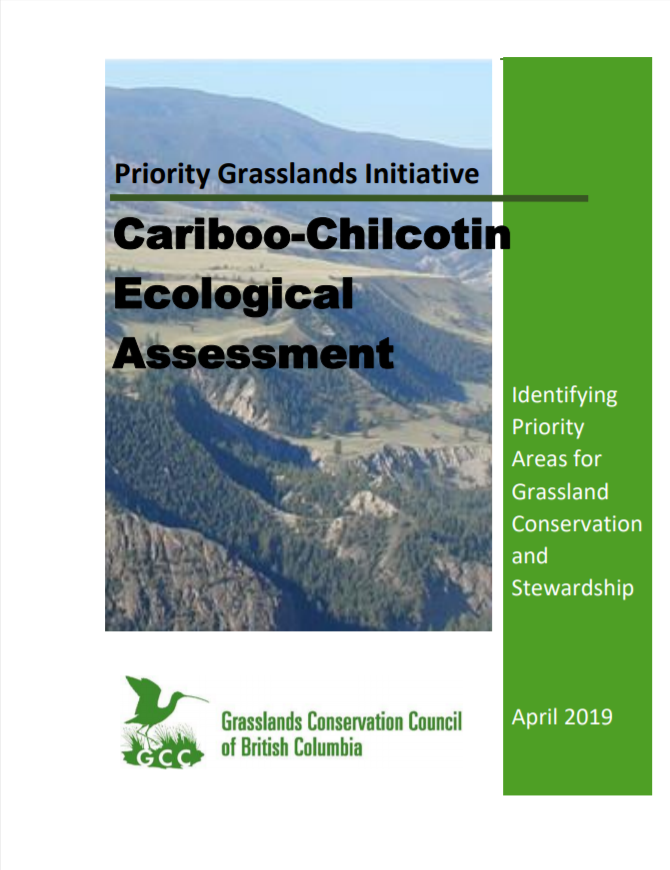Priority Grasslands
Background
The Priority Grasslands Initiative is intended to be a collaborative effort between government agencies, First Nations, private land owners, NGOs and scientific experts to identify areas with the greatest conservation values and most worthy of protection and the highest levels of sustainable management.
The Priority Grasslands Initiative was launched in 2006 in response to the need for current information on local grasslands when land use and management decisions were being made. Often, grasslands were being lost to development or alternate land uses simply because information on their values was unknown, undefined, or unavailable.
Approach
The approach taken utilizes GIS techniques to consolidate existing inventories, to produce and integrate modelled results and to capture the knowledge of local expert committees. Areas with the highest concentration of ecological diversity, the occurrence of known or anticipated rare and endangered ecosystems and species, key wildlife corridors, habitat connectivity, successional status, and known sites of high wildlife value are identified. For example, in droughty grassland environments proximity to water related features such as ponds, wetlands and floodplains is deemed particularly important.
Areas are first ranked according to conservation values. A secondary assessment can then be done which considers the urgency associated with known or perceived threats to an areas ecological integrity and the land status. The importance of grasslands to First Nations, including archeological sites, and areas of traditional use, and the economic value of the grasslands to the cattle industry, the tourism sector, and to outdoor recreation can also be incorporated in the assessments.
The GCC plans to produce a collection of regional priority grassland strategy documents that include conservation and stewardship recommendations for crown, First Nations and private lands, supported by maps, data and other information.
Read more about the GCC’s method for identifying priority grasslands here.
Projects
The first report, “Grassland Portfolio for the Thompson Basin”, was released in 2009. This and other subsequent examples can be found below.
Recently, a project called the Cariboo-Chilcotin Ecological Assessment was initiated in October 2018 to provide current information that serves as a basis for prioritizing investments in stewardship activities. Workshops were held in Williams Lake with regional experts. They identified 21 areas of interest within the 1.8 million hectare study area that warrant special attention, summarized current threats, and made a series of recommendations. This work was made possible with funding from Environment Canada, the Real Estate Foundation of BC, and the Habitat Conservation Trust Foundation.






